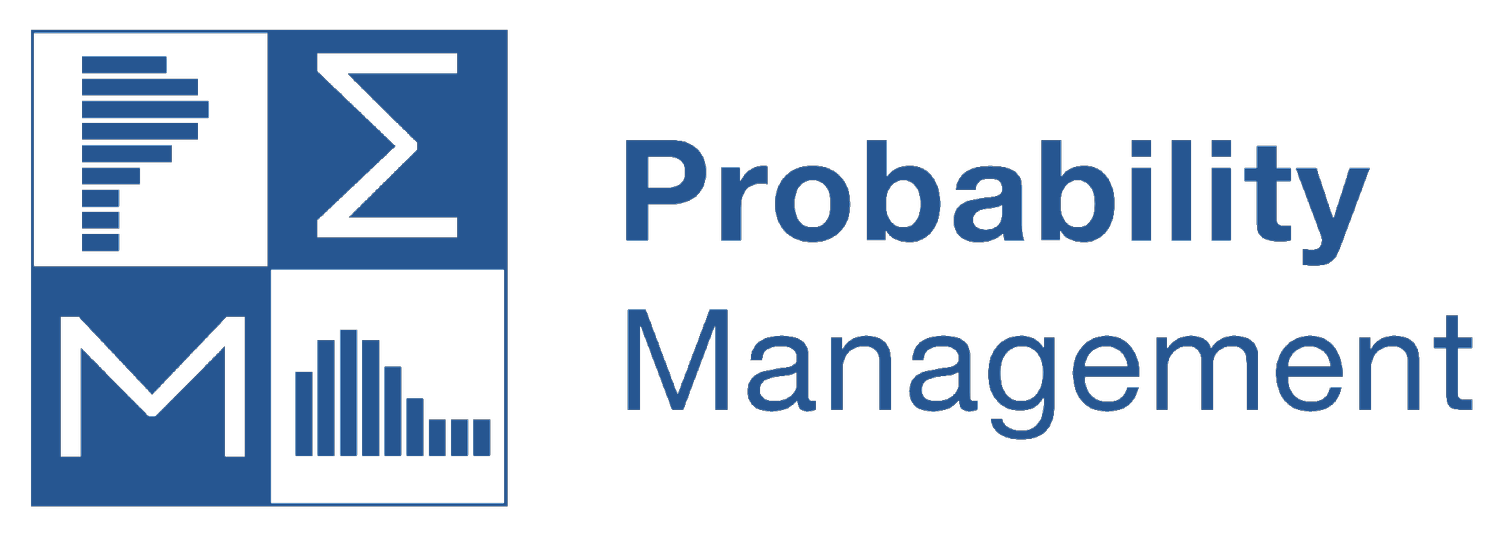by Sam L. Savage
The Coming Surge in the Value of Information
Video source: Khan Academy
Because we are not having a probabilistic discussion of COVID-19 (which it is our mission to correct), most models are based on single number assumptions for infection rate and other critical factors. This, of course, leads to the Flaw of Averages, about which I have written in previous blogs. But in addition, point estimate thinking masks the economic benefit in information value we receive every day that we learn more about this pandemic.
It’s as if we are living in a thriller TV series, and I have a feeling that the next few weeks will provide a lot of reveals. It is complicated to project the future in any event, and I suggest the excellent video above on predicting the impact. But remember that this model, like all the others, will be greatly impacted by things we learn soon.
Most of our current data on this subject is biased because it is taken from patients who are exhibiting symptoms. John Ioannidis argues that we are making decisions without reliable data. An un-mentioned benefit of flattening the curve is that it buys time to reduce some of the uncertainty about this pandemic and alter our decisions.
Some Uncertainties That May Be Reduced
What information could we learn in the next couple weeks, and what could it be worth? Here are a few observations.
1. What percent of the population has already been infected? A recent Wall Street Journal article reports that when they started testing professional basketball players, several, including Kevin Durant, were positive but had no symptoms. They write,
“This small, accidental experiment echoes what more scientific studies are finding: People with no symptoms are carrying the sometimes-deadly virus without knowing it—and might be inadvertently helping it spread.”
Remember that for information to have value it must have the potential to change a decision. As we learn more about the rate of infection and severity of symptoms or lack thereof of the population at large, it could change our decisions about who stays shut in. It may be good news in the sense of indicating herd immunity, which would put a damper on the overall numbers who could become acutely ill.
2. Will we truly overwhelm our healthcare facilities? The view that the entire country is having the same pandemic is a spatial version of the Flaw of Averages. Because the degree of criticality will vary from place to place over time, we may have the option to move ventilators, army field hospitals, and perhaps even healthcare workers from place to place as needed. This could have a big effect on overall fatalities, and I don’t see how this could be accomplished without Federal coordination. Any such victory would not only save lives, but also signal that we are regaining control, which the markets would love.
I presume that if we conquer the critical care shortfall, we will be encouraged to stand at the bottoms of escalators with our tongues on the handrails to get this ordeal behind us as quickly as possible.
On the other hand, if fatalities spike in one or more of our cities, as they did in Italy and Spain, the tragedy is likely to change behavior in other cities and increase our tolerance for hunkering down.
3. Will we develop a test for immunity? Current tests indicate whether you are shedding the virus or not. But researchers are hard at work on tests to determine if you have antibodies that indicate you are immune. This could be a game changer. Imagine that we knew a large fraction of the population was infected with the virus, but as described in 1 above, are symptom free and don’t know they had it. A test that proved immunity would identify the people who could go back to work, to restaurants, movies, and airports, and reboot the economy. Surely that would be worth $1 trillion about now. I can imagine being issued a license to mingle, once you have tested for the antibodies.
Graph by Connor McLemore
Michael Levitt, a Stanford Nobel Laureate, recently told the LA Times that he “sees signs that the United States may get through the worst of the COVID-19 pandemic well before many health experts have predicted.” And ProbabilityManagement.org’s Chair of National Security Applications, Connor McLemore, points out in a recent post that perhaps we are seeing an acceleration of positive tests because we are testing so much now, but that the virus itself may actually be slowing. He created a scatterplot below from University of Oxford data, comparing by country confirmed cases of COVID-19 to number of tests performed, as explained in further detail in his post.
Let’s Not Squander the Information
Now back to flattening the curve. If things turn out better than the direst warnings of the healthcare professionals, will it have been a bad decision to shelter in place? Do you own a house? Did you buy fire insurance last year? Did your house burn down? No? I guess you won’t waste your money on that again!
No. Buying insurance is a good decision for most of us, and regardless of what happens, flattening the curve was a good decision for now. But as questions like the ones above are answered, we must be prepared to change our decisions, or we will squander the value of the information that we will be gaining in boatloads over the next few weeks.

